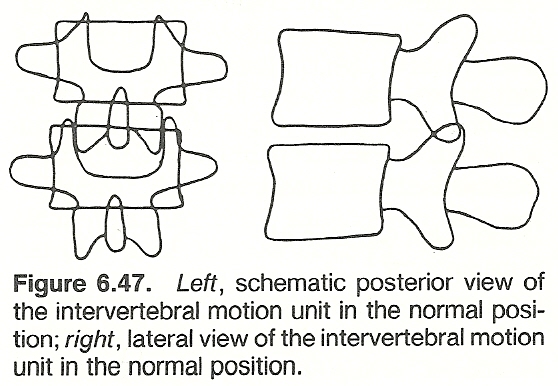The Biomechanics of Spinal Manipulation
The Biomechanics of Spinal Manipulation
SOURCE: J Bodyw Mov Ther. 2010 (Jul); 14 (3): 280–286
Walter Herzog, PhD
Faculty of Kinesiology,
University of Calgary,
Calgary, AB T2N 1N4, Canada.
Biomechanics is the science that deals with the external and internal forces acting on biological systems and the effects produced by these forces. Here, we describe the forces exerted by chiropractors on patients during high-speed, low-amplitude manipulations of the spine and the physiological responses produced by the treatments. The external forces were found to vary greatly among clinicians and locations of treatment on the spine. Spinal manipulative treatments produced reflex responses far from the treatment site, caused movements of vertebral bodies in the “para-physiological” zone, and were associated with cavitation of facet joints. Stresses and strains on the vertebral artery during chiropractic spinal manipulation of the neck were always much smaller than those produced during passive range of motion testing and diagnostic procedures.
Keywords: Spinal manipulation; Mobilization; Continuous passive motion; Manipulable lesion; Functional spinal lesion;
Subluxation; Biomechanics
From the FULL TEXT Article:
Introduction
Chiropractic spinal manipulations are mechanical events. Clinicians exert a force of specific magnitudein a controlled direction to a target site,typically on the spine. High-velocity, low-amplitude (HVLA) manipulations are more frequently used by chiropractors than other treatment modalities, and they are of special interest, as force magnitudes and the rates of force application are high. HVLA treatments cause deformations of the spine and surrounding soft tissues and often elicit a cracking sound that has been identified as cavitation of spinal facet joints (Cascioli et al.,2003; Conway et al.,1993; Haas,1990; Herzog et al.,1993c; Mealand Scott,1986; Miereau et al., 1988; Reggars,1996). Despite the acknowledged nature of mechanical force application as a treatment modality (Triano,2000), and the accepted idea that HVLA treat ments produce mechanical effects (e.g., Triano and Schultz, 1997) at the treatment site, little is known about the biomechanics of spinal manipulation.
There are more articles like this @ our:

